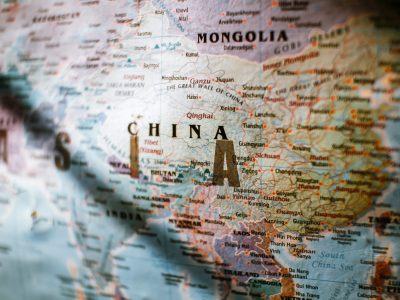
This week in LATAM’s cryptocurrency landscape, Colombia and Brazil are emerging as leaders with promising growth opportunities.
According to the recent Geography of Cryptocurrency Report 2024 by Chainalysis, the region has seen a remarkable 42.5% increase in cryptocurrency transactions year-over-year, solidifying its status as the second-fastest-growing market worldwide.
The report highlights that approximately 700 million people in Latin America engaged in crypto transactions, totaling a staggering 415 billion Pesos from July 2023 to June 2024.
In comparison, Sub-Saharan Africa leads globally with a 45% rise in crypto activity.
Colombia ranks fifth in cryptocurrency adoption, with an impressive influx of $25 billion in crypto transactions during the specified period.
The country is also the sixth-fastest-growing in this sector, showcasing a notable 25% increase in the value of its crypto transactions, according to Chainalysis.
Meli Dólar: Mercado Libre’s game-changing initiative
Mercado Libre’s introduction of Meli Dólar, a stablecoin linked to the US dollar, marks a significant shift in Latin America’s cryptocurrency environment for 2024.
This initiative enhances Mercado Libre’s loyalty program across Brazil and Mexico, offering users the stability of the US dollar amidst fluctuating markets.
In an interview with Forbes, Ignacio Estivariz, VP of Fintech Services at Mercado Libre, reported millions of users have already received Meli Dólar through loyalty rewards or direct purchases.
While the focus remains on Brazil for now, Estivariz mentioned that there are no immediate plans to extend Meli Dólar to other countries.
Brazil’s regulatory efforts in cryptocurrency
Brazil’s government is working closely with the central bank to address regulatory challenges related to cryptocurrency and meal vouchers.
With Gabriel Galipolo as the new central bank president, the government aims to unify its regulatory approach, which has been fragmented in the past.
Meanwhile, the stablecoin sector in Brazil is experiencing rapid growth and has begun to surpass Bitcoin in transaction volumes on local exchanges.
Stablecoins are appealing to users seeking less volatility, positioning Brazil as a hub for B2B cross-border payments.
Recent data from Chainalysis reveals Latin America as the second-fastest-growing region for stablecoin usage, with a growth rate exceeding 42%.
US elections impact on Latin American crypto markets
As the US presidential race heats up, financial markets are reacting. Polls indicate a tightening race between Republican candidate Donald Trump and Democratic Vice President Kamala Harris, influencing assets such as Bitcoin and the Mexican peso.
Trump has taken the lead in online prediction markets such as PredictIt and Polymarket. Polymarket last favored him 61% to 39% over Harris, Reuters reported.
According to a report from the Wall Street Journal on Friday, Trump’s gains on Polymarket could be attributed to a group of four accounts that have collectively wagered around $30 million in cryptocurrency on his potential victory.
Investors are cautious, noting that current market movements are also influenced by rising economic optimism following strong US job reports and recent Federal Reserve interest rate cuts.
Latin America’s cryptocurrency landscape is rapidly evolving, with countries like Colombia and Brazil leading the charge in digital asset adoption and blockchain technology integration.
This shift not only reflects changing consumer preferences but also signifies a broader transformation of financial frameworks.
The post LATAM crypto update: Colombia’s rise, Mercado Libre’s Meli Dólar, and Brazil’s stablecoin regulations appeared first on Invezz









